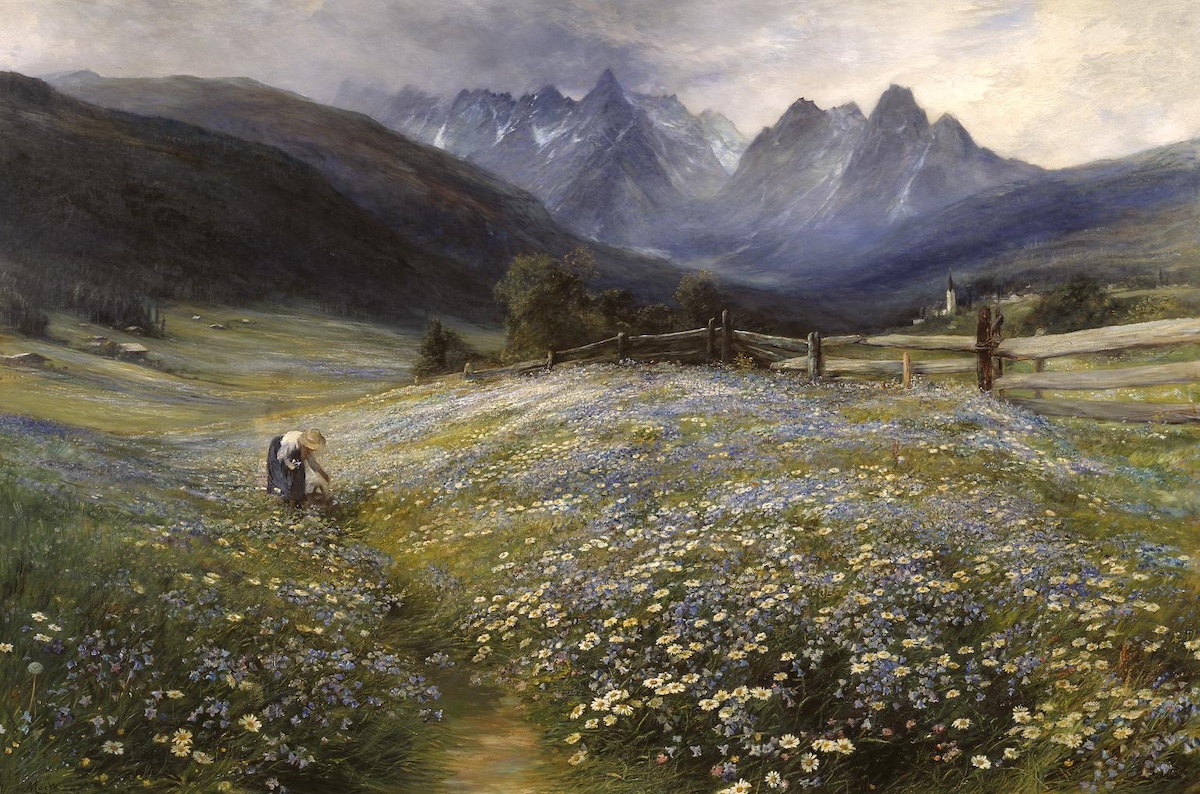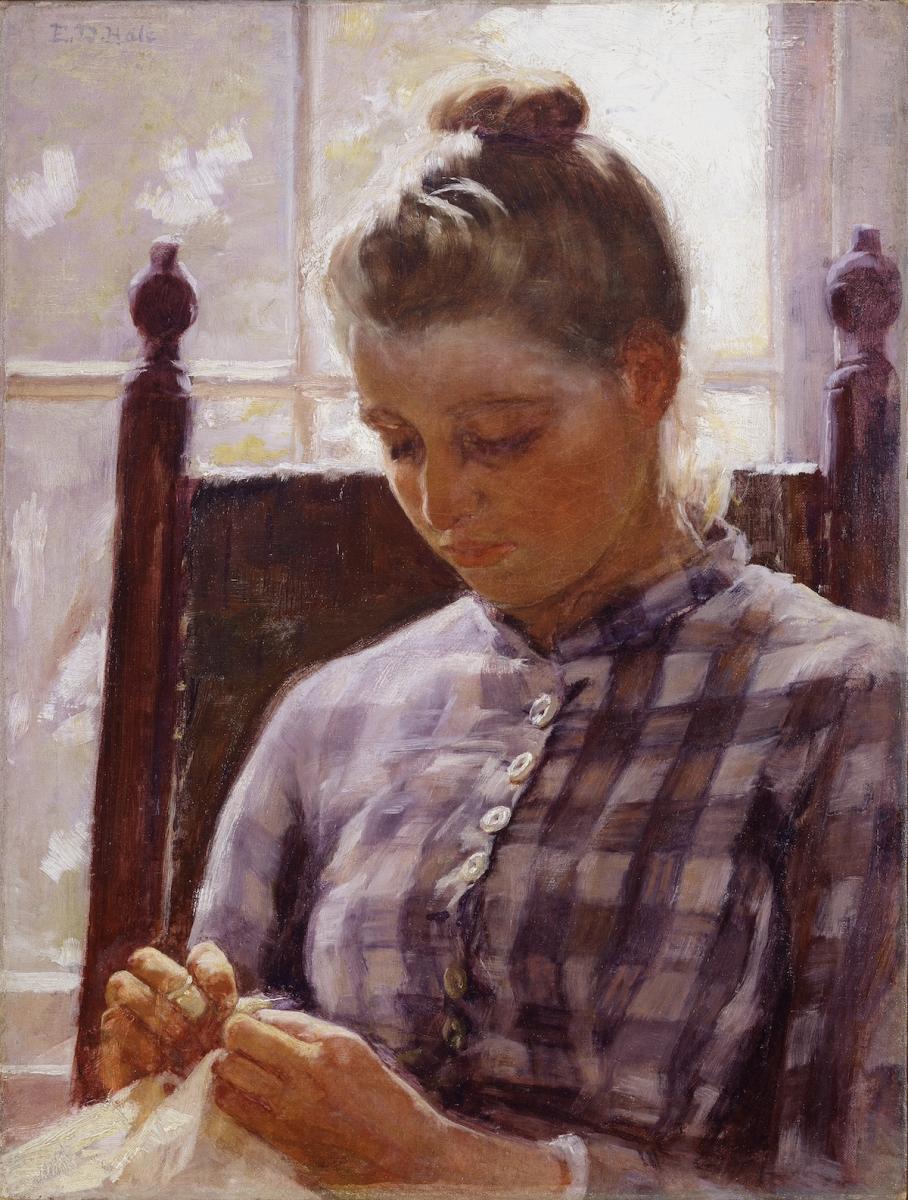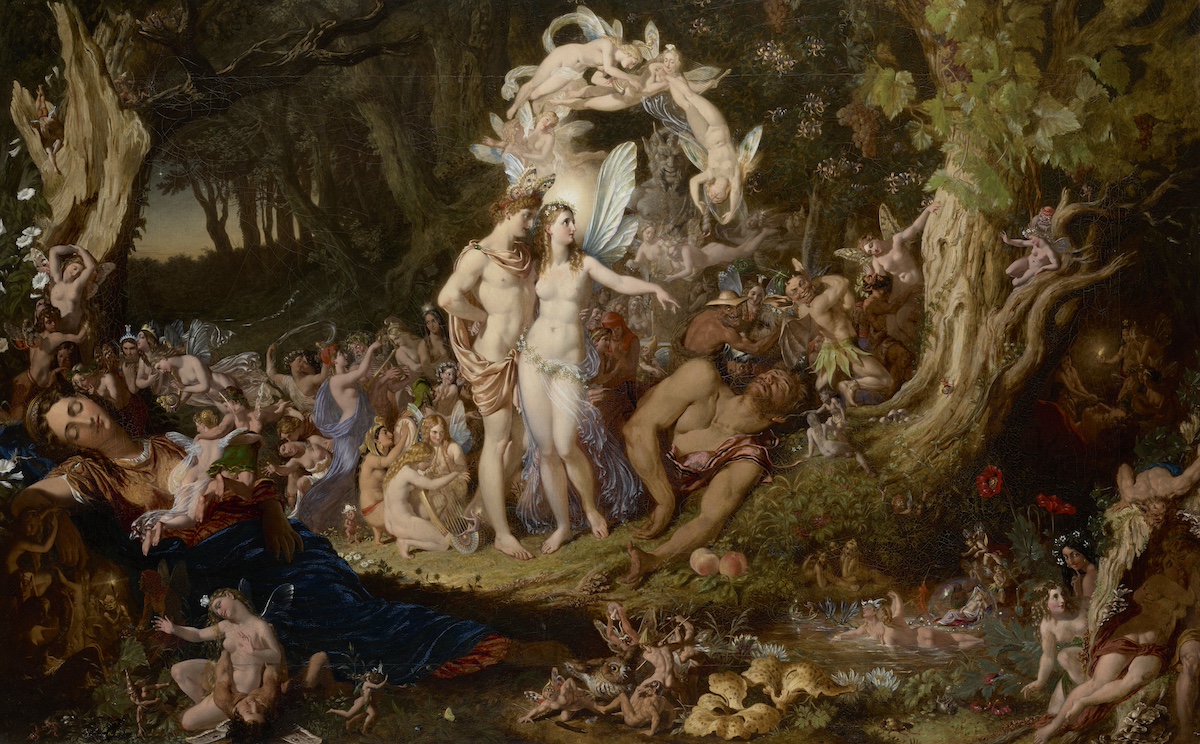This wonderful Cornish workshop and museum is dedicated to the legacy of studio pottery trailblazer Bernard Leach
5 artworks to celebrate the month of June
5 artworks to celebrate the month of June
7 Jun 2024
Summer is here! Let’s mark the moment with paintings that have special connections to this midsummer month
June contains within it the peak of the year: the longest day – the furthest stretch of the annual elastic band that will now slowly shrink back until December.
Coming as it does in the time before students escape school for their longest holiday of the year, it’s trademarked by long, warm evenings and the sense of good times ahead.
For its treasured place in the calendar as the gatekeeper of warm months and sunny days, June has also been a continued source of inspiration for artists.
Here we choose just five pieces that themselves celebrate 30 days of June.
Sizzling hues
 Flaming June by Frederic Leighton (1830–96), 1895. Image: Museo de Arte de Ponce/The Luis A Ferré Foundation, Inc
Flaming June by Frederic Leighton (1830–96), 1895. Image: Museo de Arte de Ponce/The Luis A Ferré Foundation, Inc
What record does Frederic, Lord Leighton hold? Alas, it has nothing to do with his artistic merit – though we know him as a figure of huge talent – but for his untimely death. The day after he was granted a hereditary peerage to the House of Lords he passed away, and the peerage was made extinct.
On to happier things…
His work Flaming June, seen here, portrays a sleeping woman dressed in a gorgeous flame-orange gown. The artwork, it is said, began life as a motif to decorate a marble bath in another painting, but Leighton felt it deserved the limelight to itself.
While initially well received, this work suffered from the decline in popularity for art of its kind in the early 20th century; on one occasion it failed to sell for even $140 in the USA. The story goes that it then exchanged hands many times and was rediscovered by a builder during the demolition of a London house. In time it found its way into the hands of London art dealer Jeremy Maas. He in turn sold it to Luis A Ferré, a Latin-American industrialist and former governor of Puerto Rico, who was seeking art for his new Museo de Arte de Ponce. He paid £2,000 for the painting.
Flaming June is still in the collection of the Museo de Arte de Ponce, but there is currently a rare chance to see it on British shores. It is on display at the Royal Academy of Arts in London until 12 January 2025.
Alps and flowers
 June in the Austrian Tyrol by John MacWhirter (1839–1911), exhibited 1892. Image: Presented by the Trustees of the Chantrey Bequest 1892 N01571 © Photo: Tate, released under CC-BY-NC-ND 3.0
June in the Austrian Tyrol by John MacWhirter (1839–1911), exhibited 1892. Image: Presented by the Trustees of the Chantrey Bequest 1892 N01571 © Photo: Tate, released under CC-BY-NC-ND 3.0
This understated landscape by John MacWhirter, a Scottish painter with an exceptional talent for the genre, evokes the drama of its mountainous backdrop as well as the summer flora of the foreground. Tyrol, a region covering parts of north Italy and west Austria, is a beautiful segment of the Alps. MacWhirter wastes no time in bringing the viewer right into the heart of the season and majestic surroundings.
Born in Edinburgh, and the brother of still life artist Agnes MacWhirter, the artist was devoted to nature painting and had his first piece exhibited in the Royal Scottish Academy at the age of just 14. He spent time across mainland Europe and the USA, and the year after June in the Austrian Tyrol was first displayed, he was made a member of the Royal Academy.
Summer filter
 June by Ellen Day Hale (1855–1940), 1893. Image: The National Museum of Women in the Arts/Gift of Wallace and Wilhelmina Holladay
June by Ellen Day Hale (1855–1940), 1893. Image: The National Museum of Women in the Arts/Gift of Wallace and Wilhelmina Holladay
American Impressionist Ellen Day Hale, who studied in Paris but was a child of Boston, was very much a standard bearer for female artists in the USA and beyond. The great-niece of Harriet Beecher Stowe, who wrote Uncle Tom’s Cabin, she was immersed in creativity from an early age. Despite this, she still felt additional obstacles as a female art student, and worked to cultivate a strong network of fellow women creatives along the way.
This piece focuses on a woman who is busy at work, sewing in the light of a summer’s day. Loose brushwork and an eye for how the June sunshine cascades through the windows create a soft, intimate view of the subject. It is now contained in the collection of the National Museum of Women in the Arts in Washington DC.
June toils
 The Labours of the Months: June by an unknown artist. Image: Wikimedia Commons/The National Gallery, London, Layard Bequest, 1916
The Labours of the Months: June by an unknown artist. Image: Wikimedia Commons/The National Gallery, London, Layard Bequest, 1916
One of a dozen such paintings in the collection of London’s National Gallery, this oil on canvas shows a typical rural activity for the month of June, as seen by an unknown Italian painter.
Painted in around 1580, it is one in a series, which also includes a vine pruner in March and a sleeping fruit picker in August.
Initially it had been thought that Bonifazio de’ Pitati, a Verona-born painter who moved to Venice, was the man behind the series. It’s now thought that an artist working in the style of Lodovico Pozzoserrato may have been the creator.
Whoever it was, the artist’s work is a captivating look at the annual cycle of life as a farmhand of the time. He (or she) was continuing a long tradition, begun in the 12th century, of focusing on the labours of the months, which at that time became a popular subject for doorways and carvings in Italian churches.
Midsummer moments
 The Reconciliation of Oberon and Titania by Sir Joseph Noel Paton (1821–1901), 1847. Image: © The National Galleries of Scotland/Purchased by the Royal Scottish Academy 1848; transferred and presented to the National Gallery of Scotland 1910/NG294/Creative Commons CC by NC
The Reconciliation of Oberon and Titania by Sir Joseph Noel Paton (1821–1901), 1847. Image: © The National Galleries of Scotland/Purchased by the Royal Scottish Academy 1848; transferred and presented to the National Gallery of Scotland 1910/NG294/Creative Commons CC by NC
No overview of midsummer-inspired creations would be complete without a nod to Shakespeare’s play of romance and mayhem. Two key players in A Midsummer Night’s Dream – Titania and Oberon – are seen here, reconciling after the chaos they have endured in the forest.
The artist behind this particular interpretation of the Bard’s work is Sir Joseph Noel Paton, a Scottish painter, illustrator and sculptor who had a fascination for folklore and legends.
The brother of sculptor Amelia Robertson Hill and landscape artist Waller Hugh Paton, he won several prizes for his Midsummer Night’s Dream paintings, which sit strong among his wider collection of magical and ethereal creations. Feast your eyes on the density of details here – and the strangeness too. This is no balmy June night but a cornucopia of curious fairy activity and sumptuous Pre-Raphaelite-style natural forms.
Find out more
For more inspiring arts activities see The Arts Society Magazine, available exclusively to members and supporters of The Arts Society (to join see theartssociety.org/member-benefits). And for more online sign up at theartssociety.org/signup
About the Author
Ciaran Sneddon
writes for The Arts Society
JOIN OUR MAILING LIST
Become an instant expert!
Find out more about the arts by becoming a Supporter of The Arts Society.
For just £20 a year you will receive invitations to exclusive member events and courses, special offers and concessions, our regular newsletter and our beautiful arts magazine, full of news, views, events and artist profiles.
FIND YOUR NEAREST SOCIETY
MORE FEATURES
Ever wanted to write a crime novel? As Britain’s annual crime writing festival opens, we uncover some top leads
It’s just 10 days until the Summer Olympic Games open in Paris. To mark the moment, Simon Inglis reveals how art and design play a key part in this, the world’s most spectacular multi-sport competition



